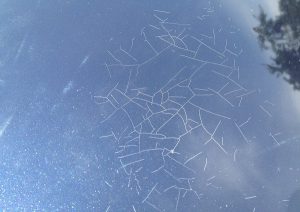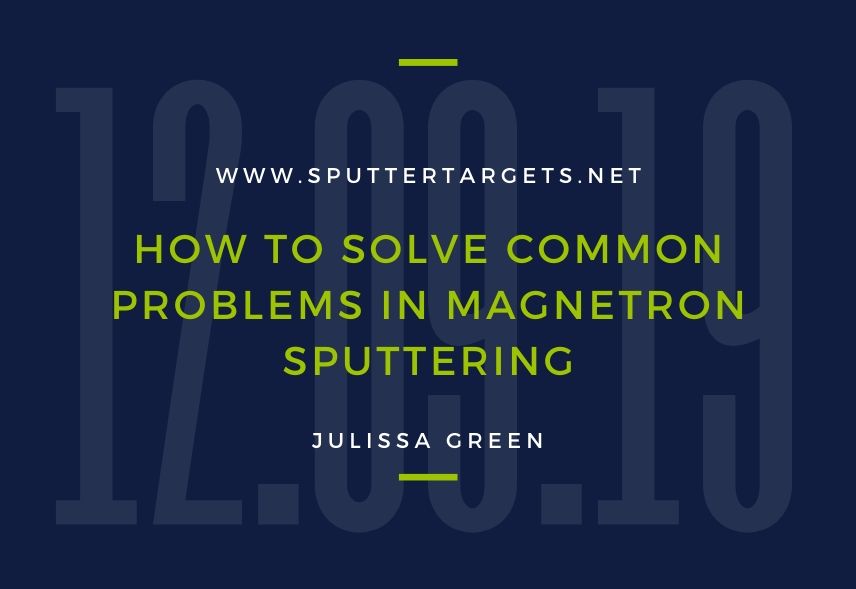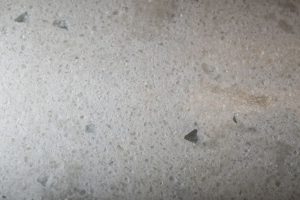Magnetron sputtering, a physical vapor deposition (PVD) process, is the main thin film deposition method for manufacturing semiconductor, disk drive, CD and optical devices. The following are common problems in magnetron sputtering. We have listed possible causes and related solutions for your information.
Here is a quick look that may save your time.
- Problem 1: The film is dark or black
- Problem 2: The surface of the film is dull
- Problem 3: The color of the film is uneven
- Problem 4: Wrinkle and crack
- Problem 5: There are watermarks, fingerprints and ash particles on the surface of the film
- Problem 6: The film adhesion is poor
Problem 1: The film is dark or black
(1) The degree of vacuum is less than 0.67 Pa.
The vacuum should be increased to 0.13-0.4Pa.
(2) The purity of argon is less than 99.9%.
Argon should be replaced with a purity of 99.99%.
(3) Air leakage from the inflation system.
The inflation system should be inspected to eliminate air leaks.
(4) The primer is not sufficiently cured.
The curing time of the primer should be extended appropriately.
(5) The amount of gas discharged from the plated part is too large.
Drying and sealing should be carried out.
Problem 2: The surface of the film is dull
(1) The primer is poorly cured or deteriorated.
The curing time of the primer should be extended or the primer replaced.
(2) The magnetron sputtering time is too long.
Construction time should be appropriately shortened.
(3) The magnetron sputtering film formation rate is too fast.
The magnetron sputtering current or voltage should be appropriately reduced.
Problem 3: The color of the film is uneven

(1) The primer is unevenly sprayed.
The application method of the primer should be improved.
(2) The film layer is too thin.
The magnetron sputtering rate should be appropriately increased or the magnetron sputtering time should be prolonged.
(3) The fixture design is unreasonable.
The fixture design should be improved.
(4) The geometry of the plated part is too complicated.
The rotation speed of the plated part should be appropriately increased.
Problem 4: Wrinkle and crack

(1) The primer is sprayed too thick.
The thickness of the spray should be controlled.
(2) The viscidity of the coating is too high.
The viscosity of the coating should be appropriately reduced.
(3) The evaporation rate is too fast.
The evaporation rate should be appropriately slowed down.
(4) The film layer is too thick.
The sputtering time should be appropriately shortened.
(5) The plating temperature is too high.
The heating time of the plated parts should be shortened as appropriate.
Problem 5: There are watermarks, fingerprints and ash particles on the surface of the film.
(1) The plated parts are not sufficiently dried after washing.
Pre-plating treatment should be strengthened.
(2) Splashing water or saliva on the surface of the plated part.
Civilized production should be strengthened and operators should wear masks.
(3) After the primer is applied, the hand is contacted with the plated part, and the surface is left with fingerprints.
It is strictly prohibited to touch the surface of the plated part by hand.
(4) There are particles in the paint.
The paint should be filtered or replaced.
(5) Electrostatic dust removal failure or particle dust in the spray and curing environment.
The dust collector should be replaced and the working environment cleaned.
Problem 6: The film adhesion is poor
(1) The plating parts are not completely degreased.
Pre-plating treatment should be strengthened.
(2) The vacuum chamber is not clean.
The vacuum chamber should be cleaned. In the process of loading and unloading targets, it is strictly forbidden to contact the magnetron source by hand or unclean objects to ensure the high cleanliness of the magnetron source, which is one of the important measures to improve the bonding force of the film layer.
(3) The fixture is not clean.
The fixture should be cleaned.
(4) The primer is not properly selected.
The paint should be replaced.
(5) Improper control of sputtering process conditions.
The sputtering process conditions should be improved.
Here are some articles you may find interesting.
What is Physical Vapor Deposition (PVD)?
An Overview of Sputtering Deposition
An Overview of Magnetron Sputtering
You can visit our homepage https://www.sputtertargets.net/ for more information.






